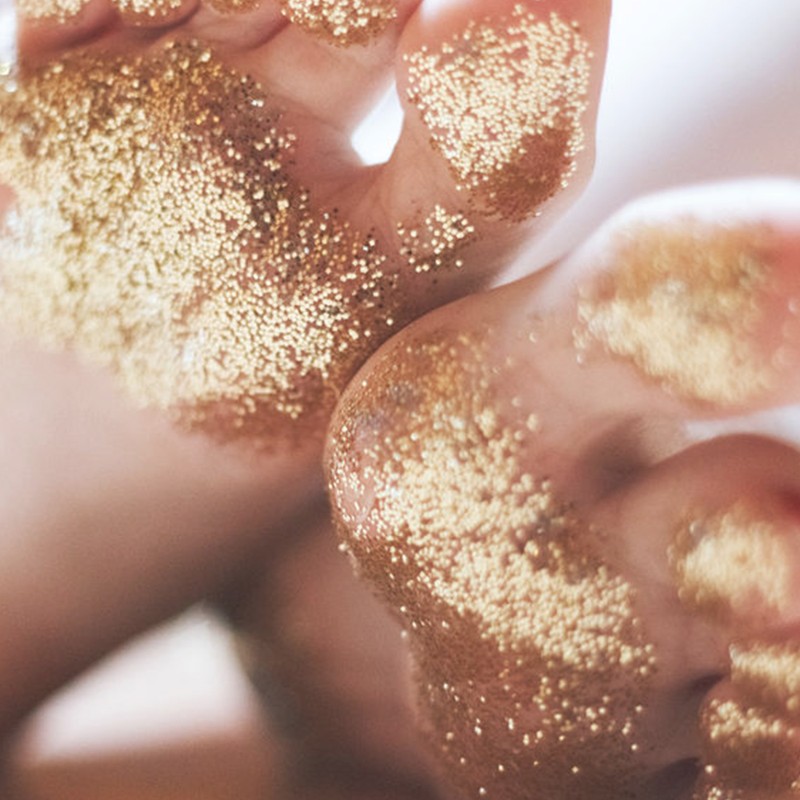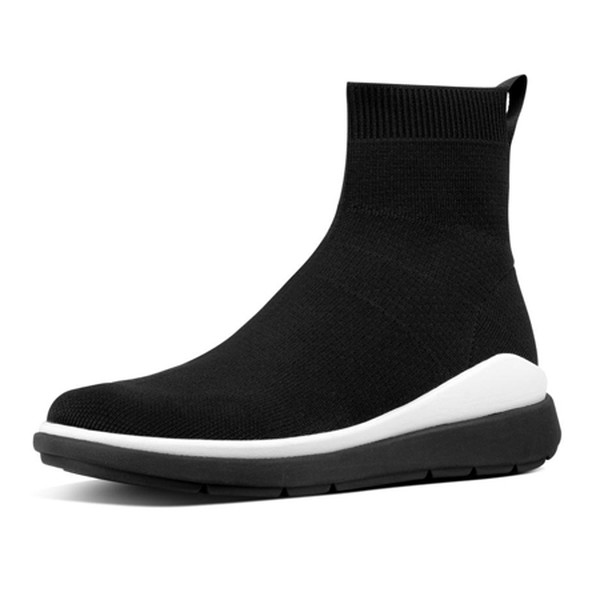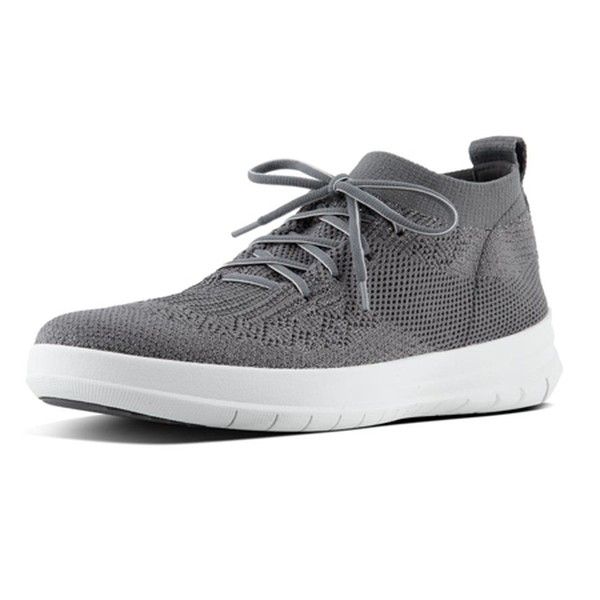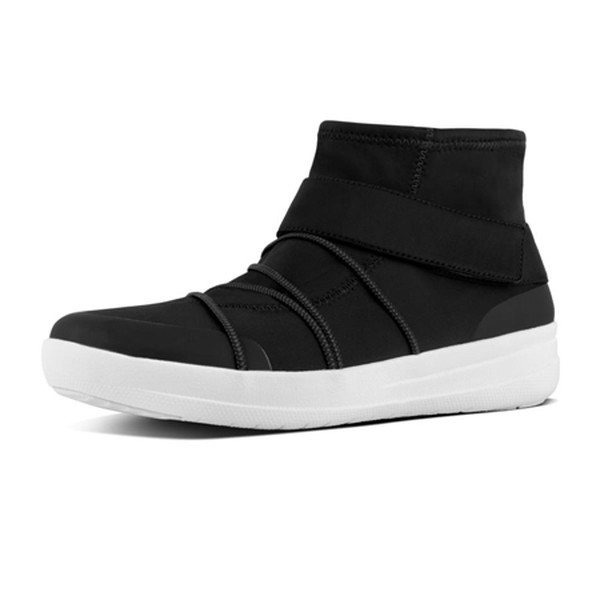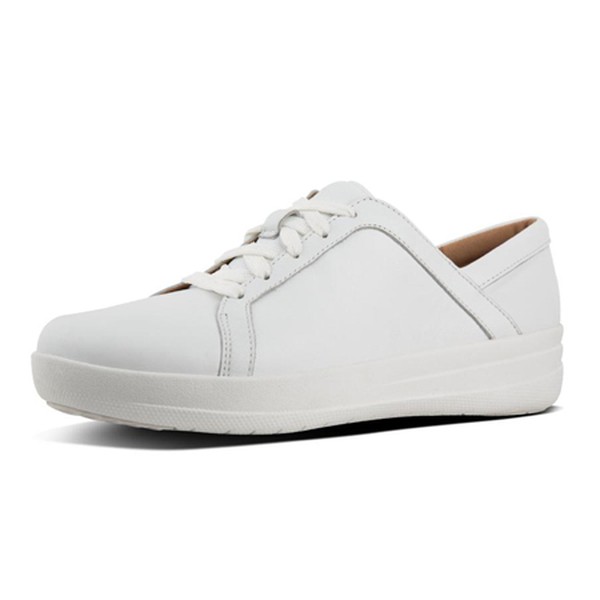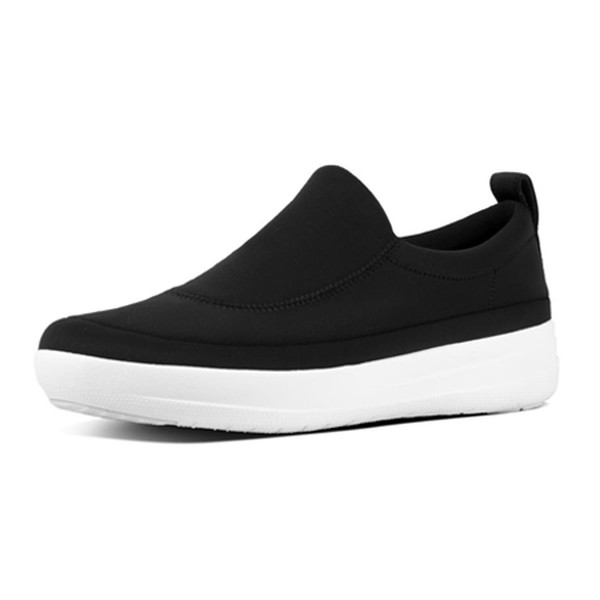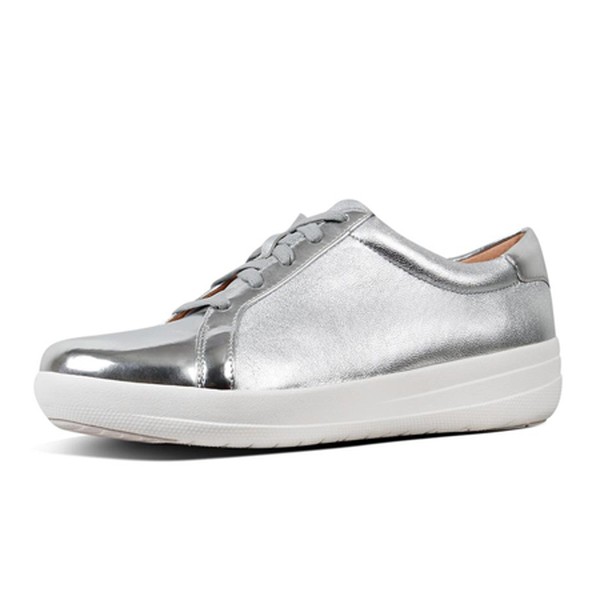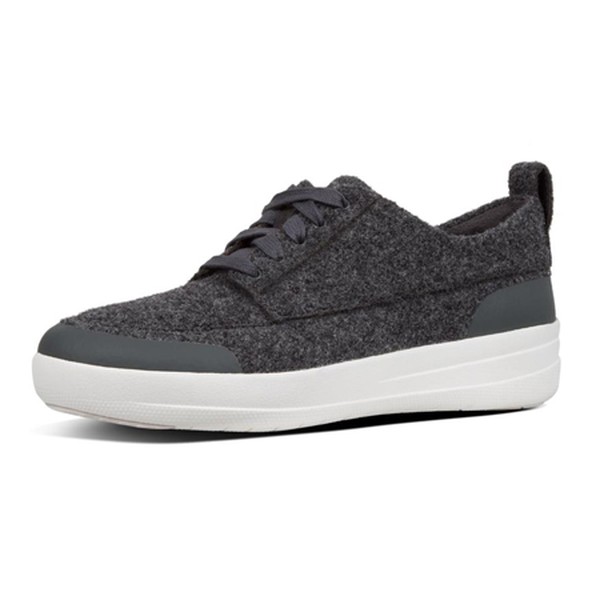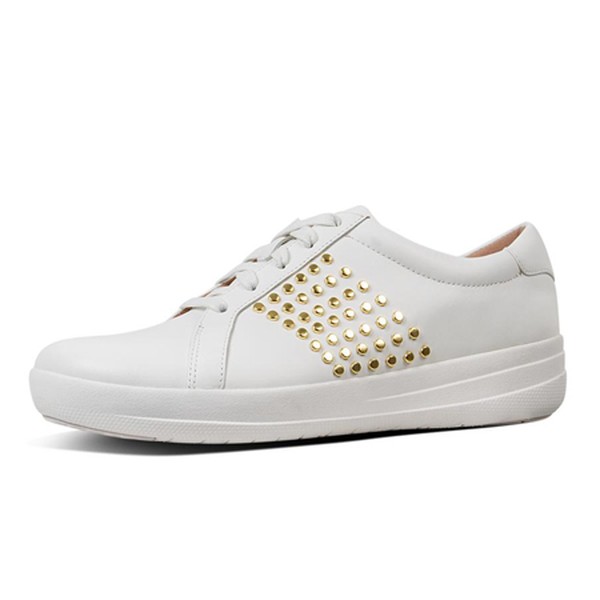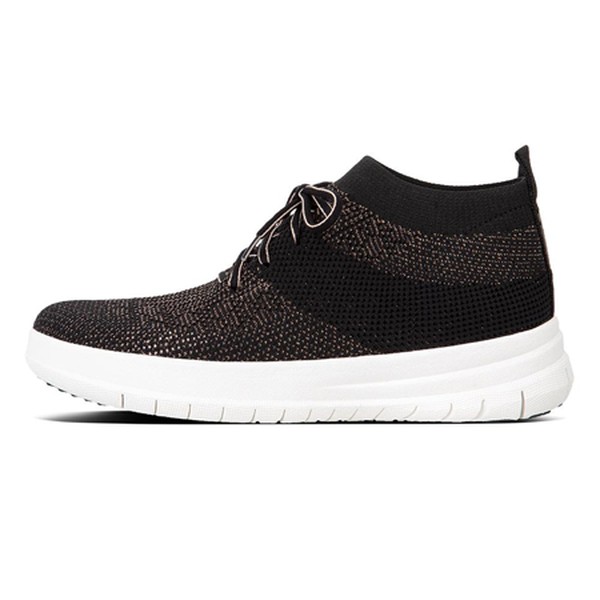Why Your Shoes Are Harming Your Health
CREATED IN PARTNERSHIP WITH FITFLOP
Even if you’re not experiencing regular aches and pains, the shoes you choose to wear may still be physically damaging. That's why FitFlop is the brand you should have on your radar - using special biomechanical engineering to ensure each of their shoes is comfortable, wearable and stylish, whether you buy their sneakers or their boots, you'll be covering your back. We sat down with FitFlop’s resident Doctor of Biomechanics, Dr Kim Lilley, to find out just what our footwear choices are doing to our bodies – and, of course, to hear all about the solution. Plus, don't miss our favourite on-trend trainers from the brand below...
What is the effect of high street trainers on our bodies?
Every shoe we wear will affect our bodies slightly differently. In an ideal world all shoes would be engineered with the biomechanics of the body in mind. If a shoe features too much stiffness in the wrong areas, the foot is having to work hard to make sure the shoe bends with the natural flex of the foot. This can also affect functional balance (the ability of the body to remain in position and posture). If there are contours in the wrong places this can affect the alignment of the whole body. And shoes that are too soft or too hard can cause the foot to be over stretched, or put extra strain on the ligaments and tendons.
In addition, the width or shape of the shoe can restrict the natural movement of the foot, which, when worn for prolonged periods of time, can have lasting effects on the anatomical structure.
What about wearing heels regularly?
Most biomechanists agree that high heels actually do more than just put pressure on the ball of the foot. Once a heel is added to a shoe, the positions of the spine and pelvis change to accommodate for the forward tilt (and stop you falling over). This instantly changes alignment and can cause strains all over the body. Then of course, it’s likely a high heel will be narrow at the forefoot to achieve a desired look which in addition can increase pressure under the foot.
What happens to different areas of the body when you wear unsupportive shoes?
Back and neck: In some cases, if the engineering isn’t too bad, the knees and hips will correct the posture as much as possible to protect the back. Some people can find certain shoes cause problems to their lower back due to movements at the hip joints and excessive tension to compensate.
Posture: We tend to think of this more in terms of body alignment and this is one of the first things to be affected by footwear. Alterations in footwear can affect the functional balance of the whole body, which instantly affects posture. Consistently walking with incorrect posture can cause problems later on in life.
Which shoes are the worst culprit?
Alongside high heels, traditional ballerinas are pretty high up there. They’re generally very flat, and at the same time restrict the foot by enclosing it in a slim silhouette. This changes how the foot can move, and the lack of support and cushioning will really emphasise the impact forces that are attenuated by the body.
Any steps we can take to cause less harm?
Strength and flexibility are key aspects that should be maintained to control footwear adjustments in posture. The muscles will help to keep the joints stable.
What makes FitFlop different?
At FitFlop, we work on the engineering of every single shoe that we make. Each midsole is designed using trigonometry to accurately work out the angles of the footbed. The hardness and the flexibility of the sole are calculated to maximise the natural motion of the body, and are based on the end use of the product.
We test all of our technologies in the same laboratory as many of the big sportswear brands. Where they’re using this scientific assessment to create products for performance, we take this knowledge of the functionality of each product and use it to create shoes that will perform in the best way to carry a person through their everyday life. The science we use includes alignment data during standing and walking for prolonged periods of time. We look at muscle activity data and pressure diffusion, and we also report on how a person feels subjectively at the end of the day.
By using all this information, we get a better understanding of how the shoes we make will function over time with the goal to provide all day comfort. Although every human is different we create comfort that is based on anatomical and biomechanical principles.
Any particular FitFlop styles that can really make a difference?
One size does not fit all and every style of shoe comes with its own unique challenges so each of our technologies is designed to create comfort in their own unique silhouette. To feel the difference a biomechanically engineered shoe makes try our new Allegro Ballerina.
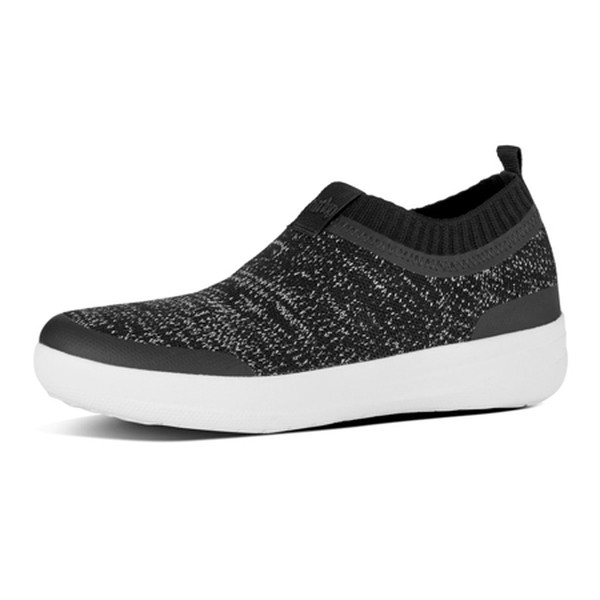
DISCLAIMER: We endeavour to always credit the correct original source of every image we use. If you think a credit may be incorrect, please contact us at info@sheerluxe.com.
